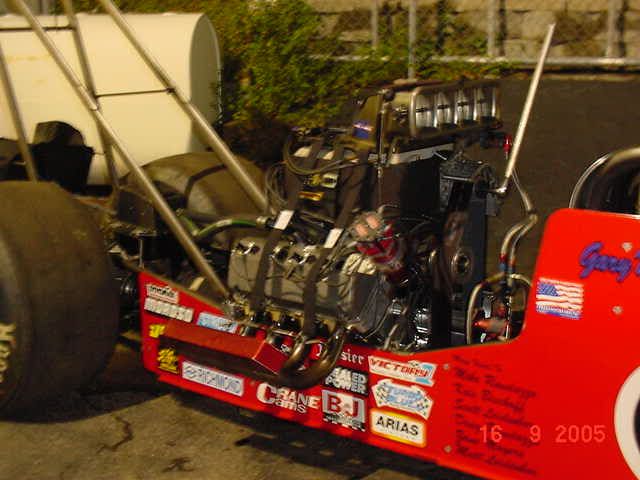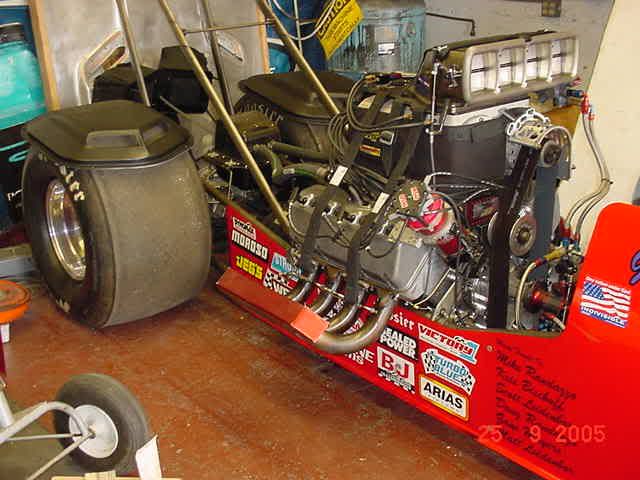k9medic
Line Up and Wait
- Joined
- Sep 27, 2018
- Messages
- 867
- Display Name
Display name:
ATP-H, CMEL, CSEL, CFI/CFII Airplanes and Helicopters
Here is a question for the group to debate -
Say you have a Continental engine that has moderate to low compressions (50-55) when compared to the master orifice. The engine seems to run fine and doesn't burn oil.
Would you really see a performance improvement by replacing all the cylinders?
Say you have a Continental engine that has moderate to low compressions (50-55) when compared to the master orifice. The engine seems to run fine and doesn't burn oil.
Would you really see a performance improvement by replacing all the cylinders?







